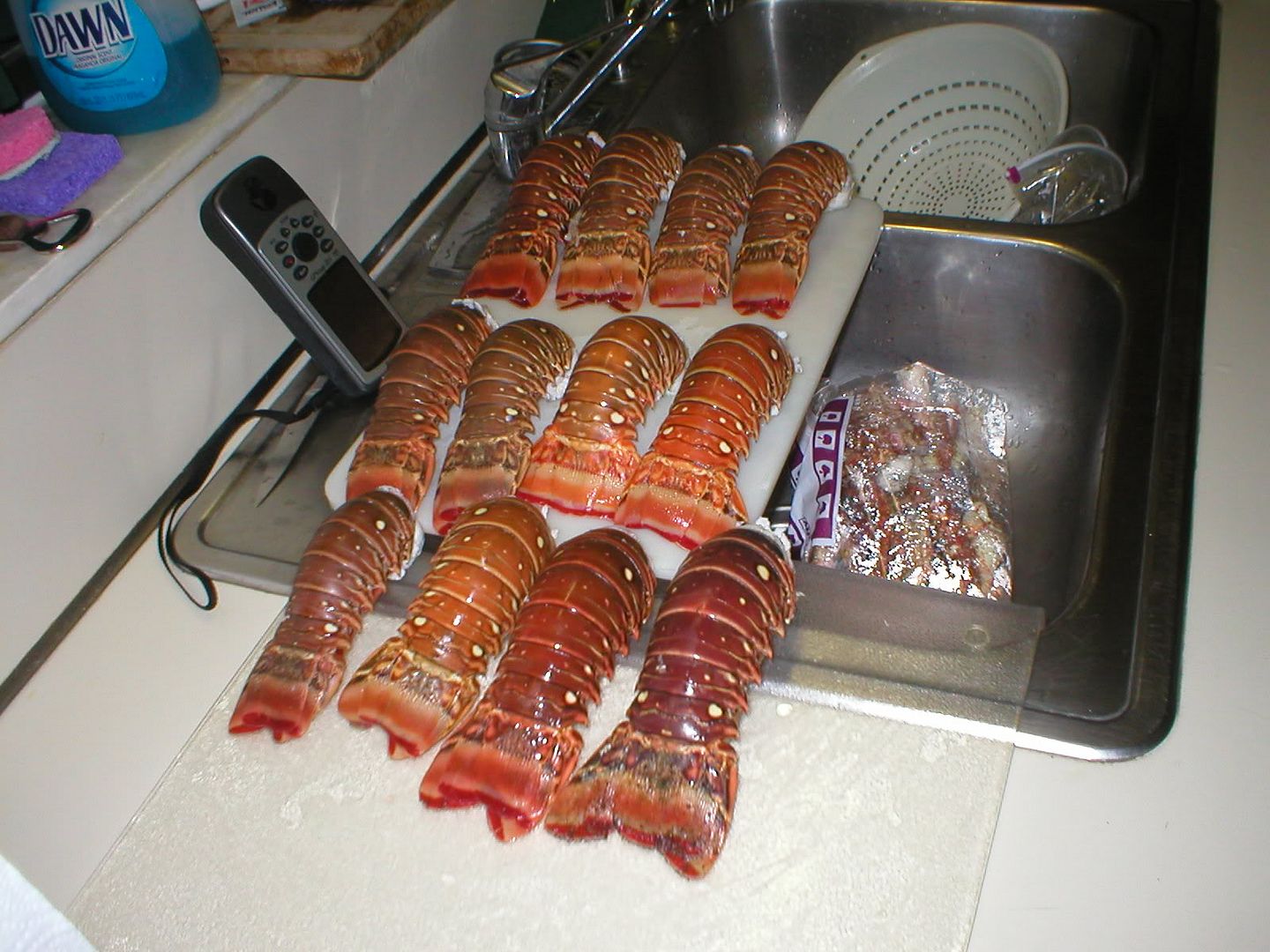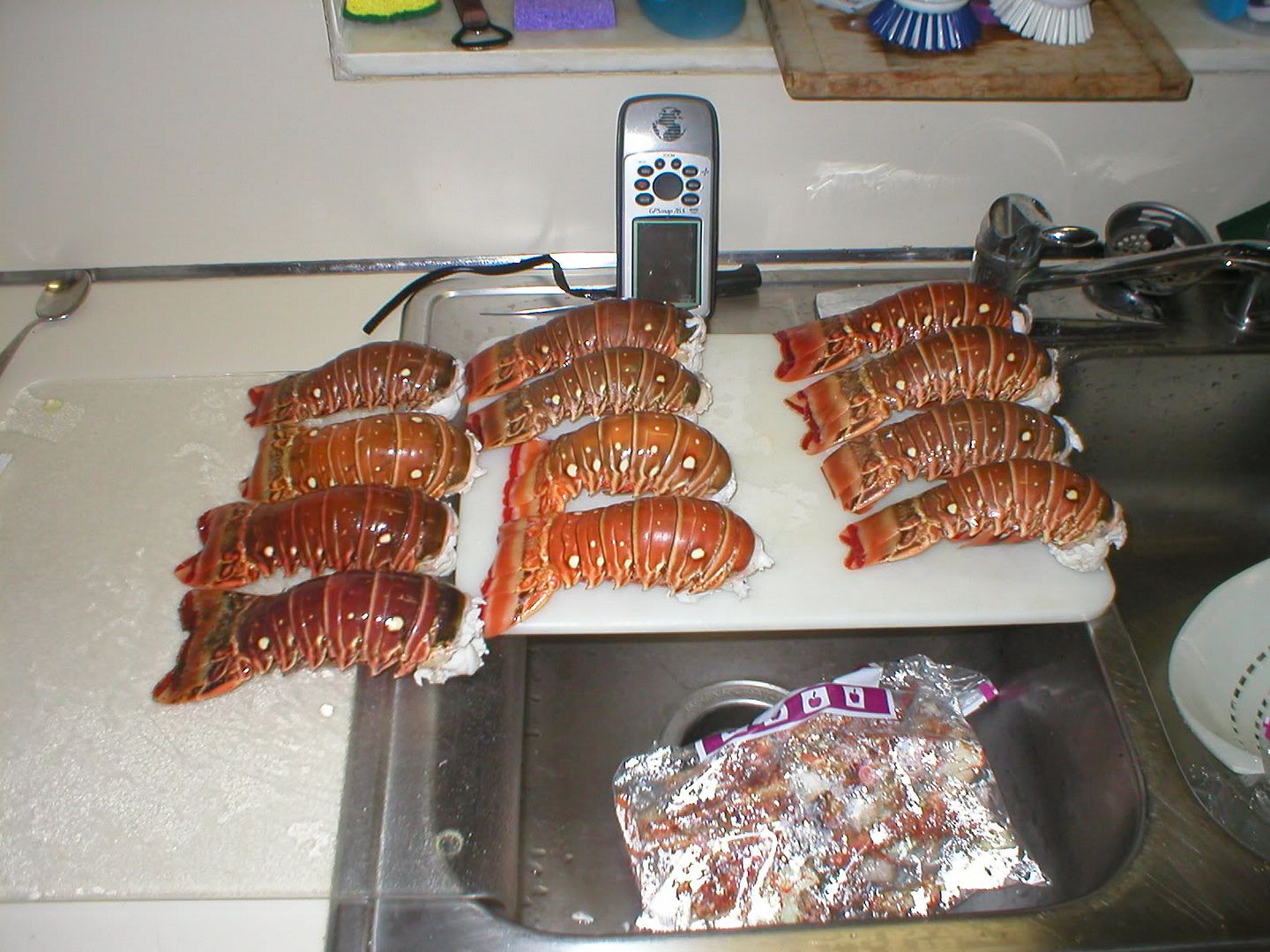ScubaKris
Guest
I've lived and dove the mid west,...and sorry,..it sucks. If I were to spend my life there I would find anohter sport
Welcome to ScubaBoard, the world's largest scuba diving community. Registration is not required to read the forums, but we encourage you to join. Joining has its benefits and enables you to participate in the discussions.
Benefits of registering include
tankboygreg:could fill a tank about as fast as you would want. We used a steel tank surrounded by concrete filled with water and we could fill 8 tanks at a time. In terms of the amount of time it took to fill a tank it was a judgement call. I guess each set took about 5 minutes to fill. Standard practice at the shop was to overfill by about 200 psi. I had few complaints about underfills. I can't speak to what effect this had on the life of the tank.
Thalassamania:As for painting tanks, this comes from two places. The first is the expoxy coating on steel tanks that was tried for some year, water would get under the coating and you could not see the rust. The second was the problem when some powder coated aluminum tanks (they were baked to get the finish smooth) blew while being filled in a shop. I don't remember, but I think that someone was killed in that one.
QUOTE]
I had forgotten about epoxy coated tanks.
What used to scare me is that some tanks would have, not a burst disc, but a lead plug! I felt like had a gun pointed at me. Then there were the burst discs that didn't have the side vents. I had one go off and start bouncing around the parking lot. Luckily, the valve didn't break.
MrBill_FTL:...If I was a cave diver, I'd go there to get a lot of air, and screw the life of the tank...


rjack321:200 psi over sounds fine to me.
But that steel tank with concrete would probably make matters worse not better in a tank explosion. There's got to be a safe place to disperse the energy. Blast cabinets have to be designed, otherwise you end up making explosions worse. In this case, you'd probably get a whole lot of shrapnel, which cylinders are themselves designed not to generate. If the sides didn't blow out, the force would instead be directed upwards - towards your torso when you were working.
